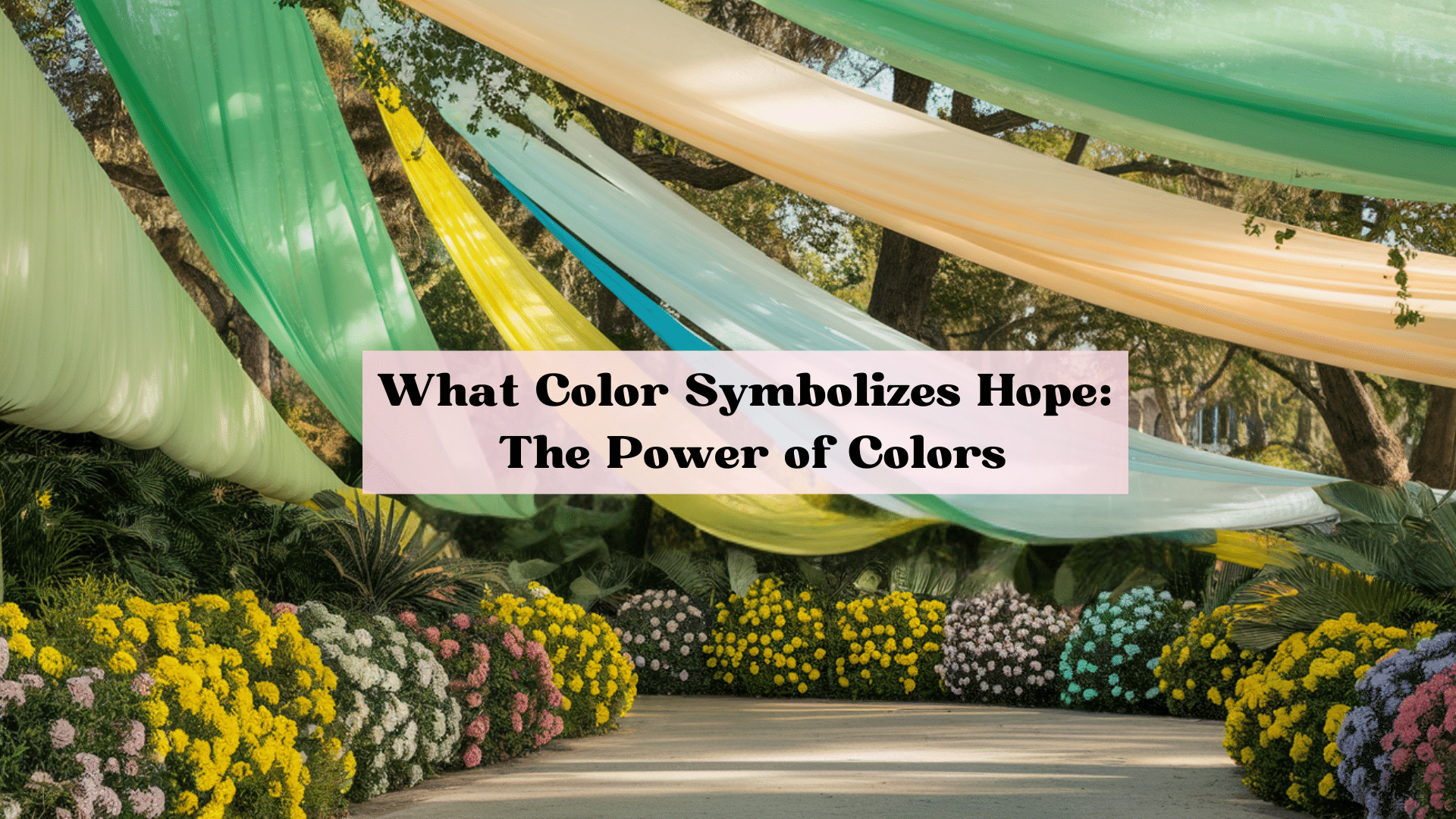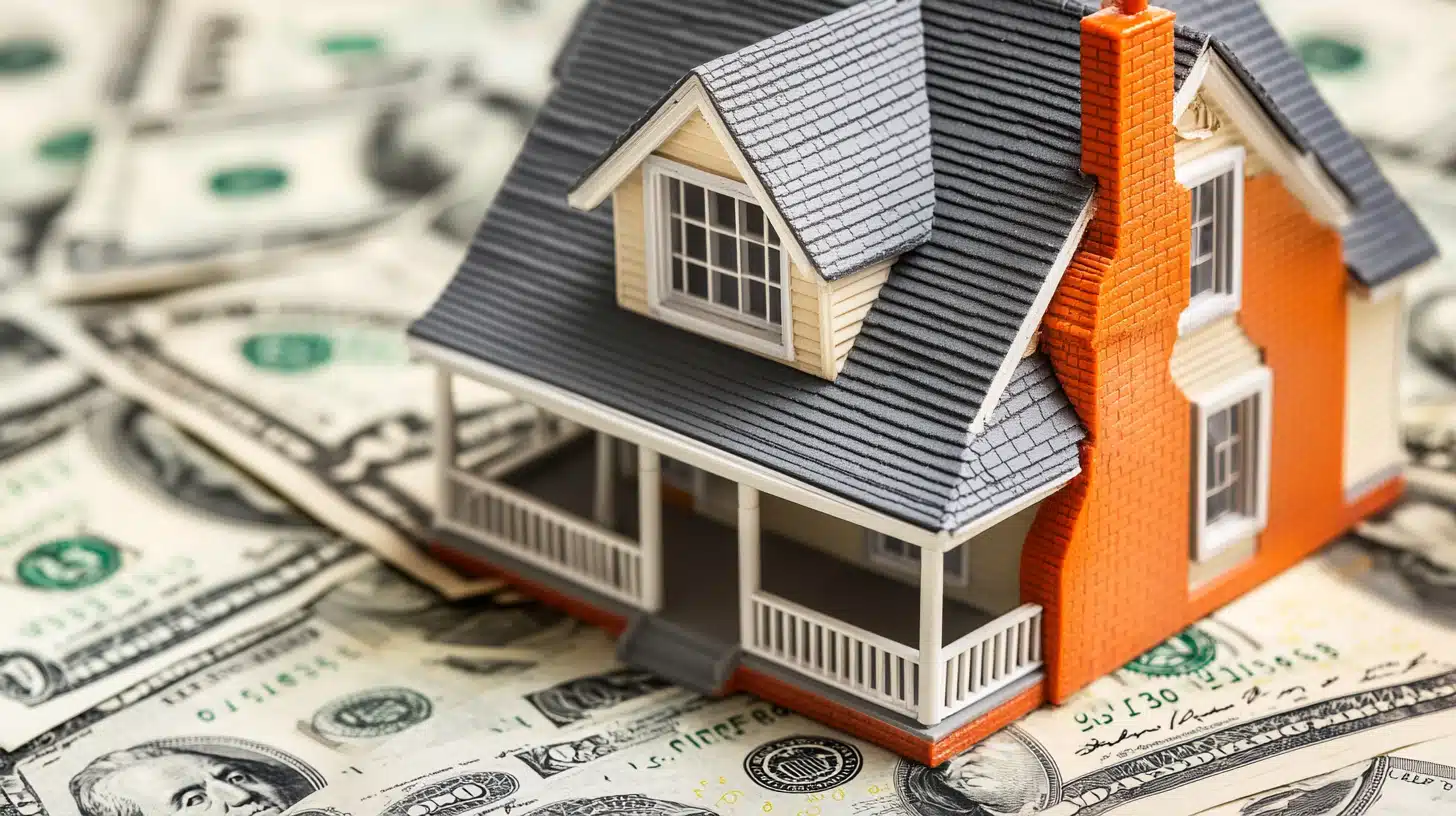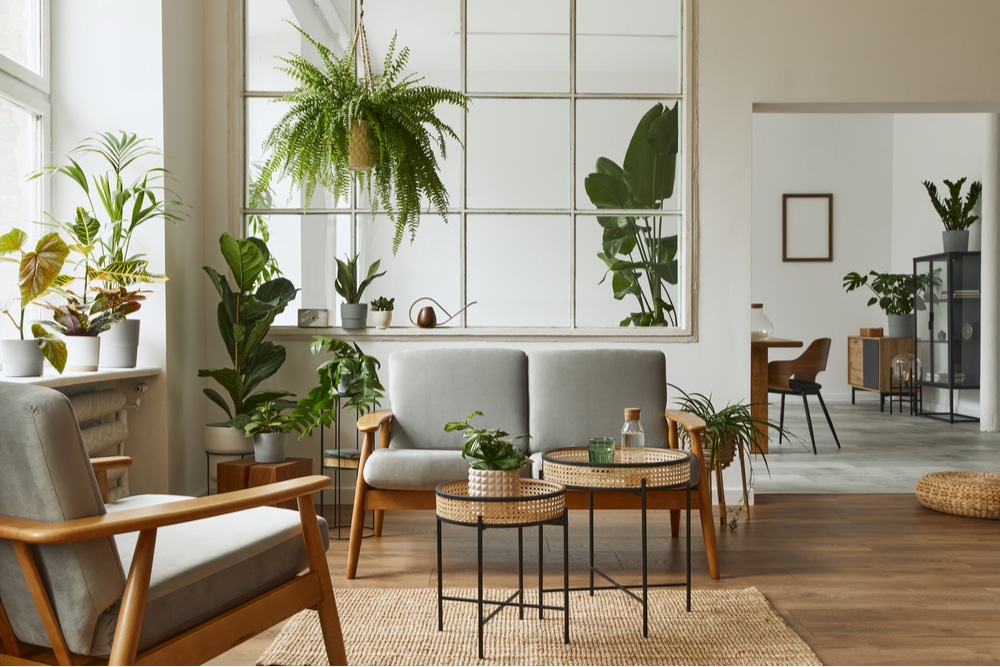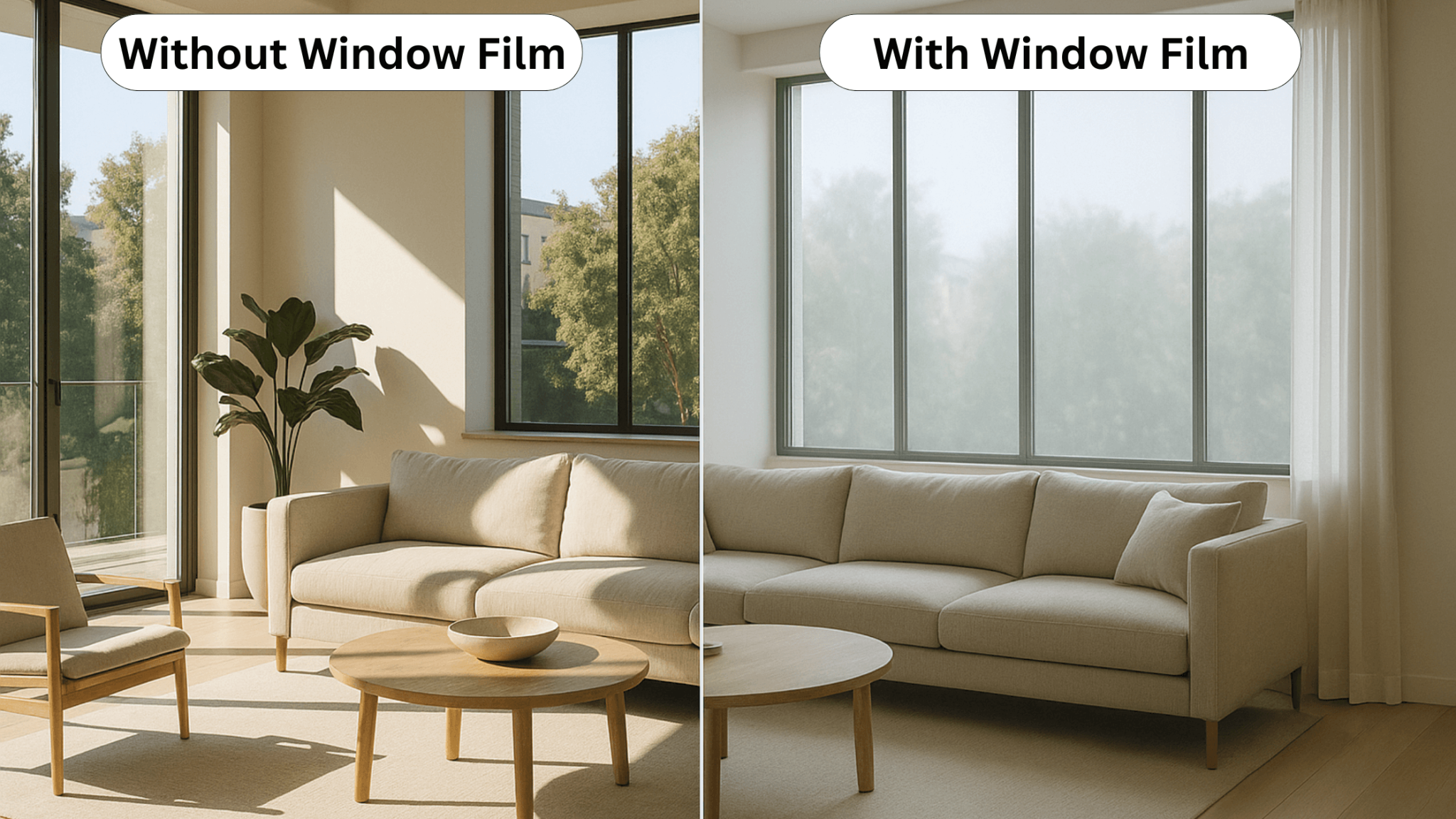What Color Symbolizes Hope: The Power of Colors
Colors speak to us in ways words cannot, touching our feelings and stirring our hearts.
Throughout human history, certain colors have come to stand for hope, lifting our spirits during hard times.
When we look at colors like green, with its links to new growth and fresh starts.
Yellow brings to mind sunshine and bright days ahead, blue calls up calm skies and quiet strength, and purple, with its ties to wisdom and healing, connects us with something deeper than what our eyes see.
These colors work their way into our lives through art, clothing, and spaces we create, often without us fully knowing why they make us feel more hopeful.
Let’s look at how these colors bring light to our world.
The Meaning of Green as a Symbol of Hope
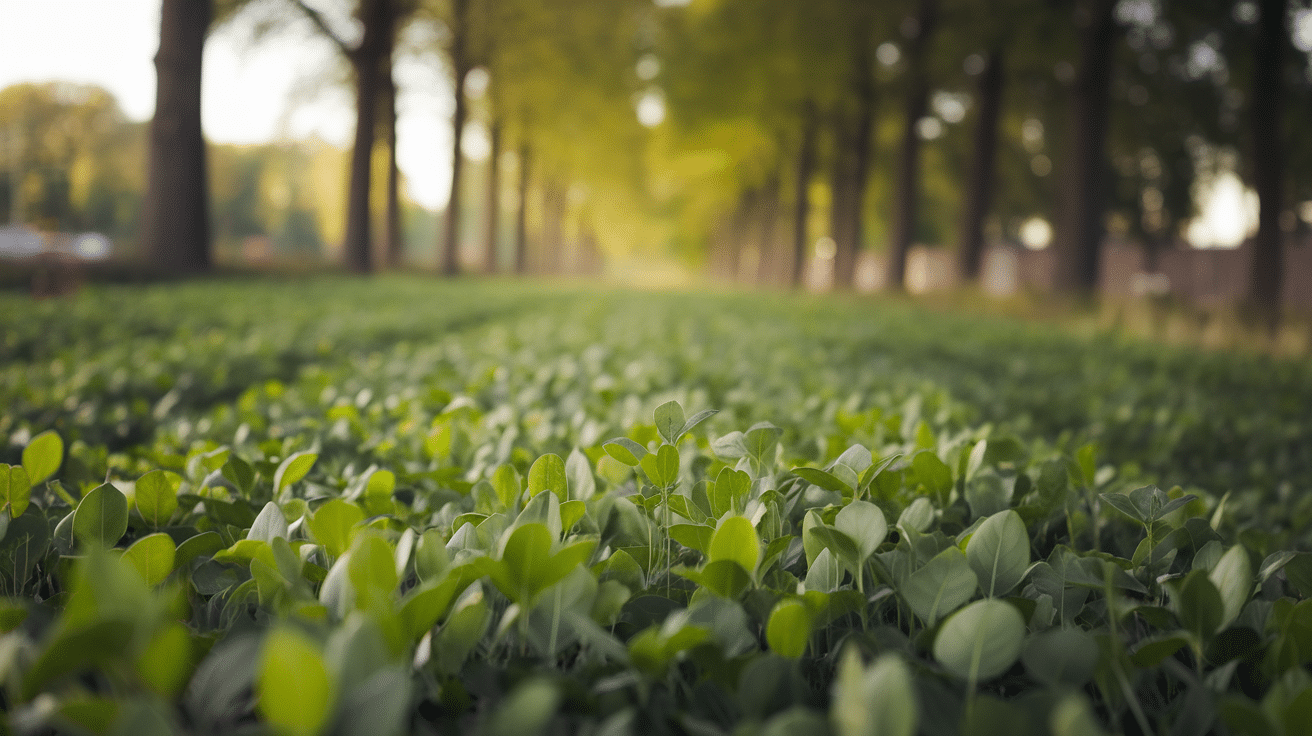
When we think of hope taking shape as a color, green often comes first to mind.
This connection runs deep in human experience, crossing time and cultures to speak to something basic in how we understand the world around us.
Growth and Renewal
Green captures the moment when life returns after winter’s rest.
It’s the first tender shoots pushing through the soil, the fresh leaves unfurling on once-bare branches.
This visible proof of life continuing gives us a pattern of hope in our own lives.
When we face hard times, green reminds us that renewal follows difficulty.
Gardens grow again after frost, forests return after fires, and our own lives can find new paths forward after loss or change.
Psychological Impact of Green
Our minds and bodies respond to green in special ways.
Studies show that time spent looking at green scenes can lower blood pressure and reduce muscle tension.
The color sits in the middle of the visible light spectrum, making it easier on our eyes than many other colors.
This natural ease helps explain why hospital walls, waiting rooms, and spaces meant for healing often feature green.
The color creates a feeling of balance that allows us to breathe more deeply and think more clearly, allowing hope to grow even in challenging times.
Yellow: The Color of Happiness and Hope
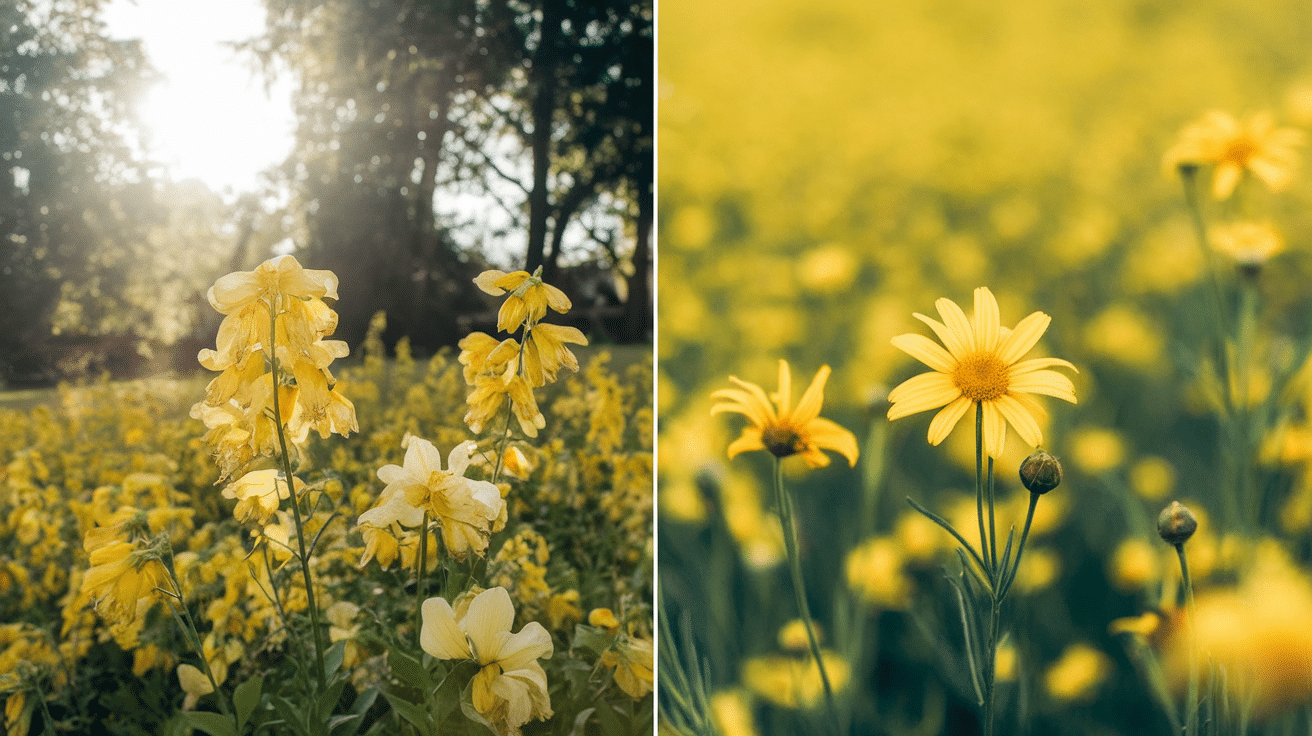
Yellow catches our eye like no other color, drawing us in with its brightness that mirrors the sun itself.
This warm, light-filled color wakes up our senses and turns our thoughts toward better days ahead.
Sunshine and Positivity
Yellow brings the feeling of sunlight indoors and into our lives.
Yellow, the color of the first spring flowers—daffodils and dandelions—tells us that winter’s darkness is ending. Many cultures see this bright color as a natural sign of joy.
From the golden glow of morning light to the warm shine of candles in dark times, yellow fights against gloom.
When we see this color, it often lifts our mood without us even noticing why.
The Role of Yellow in Hope
Yellow works on our minds in active ways. Unlike calmer colors that help us feel peaceful, yellow stimulates our thinking and boosts our energy.
This mental lift can help us see beyond current problems to possible solutions. Yellow helps us stay alert and engaged when facing challenges.
It’s no accident that many note-taking tools and caution signs use yellow—it gets and keeps our attention.
This same quality makes yellow helpful during times when hope feels hard to find, as it gently pushes us to stay present and look forward rather than give up.
Other Colors Associated with Hope

While green and yellow often lead the way as colors of hope, several other hues can lift our spirits and build our confidence in the future.
1. Blue for Calm and Trust
Blue offers a steady hope that differs from the energy of brighter colors.
Like a clear sky after rain or deep water that supports us, blue provides a base we can rely on.
This color naturally lowers our stress and helps clear our thinking.
The trust we feel in blue comes from its constant presence in our world—the sky and water that have surrounded humans throughout history.
This deep trust forms the foundation of how blue helps maintain hope during hard times.
2. Soft Pastels: Gentle Hues of Hope
Lighter versions of colors—pale pink, light lavender, soft mint, and sky blue—speak to us in quieter but equally meaningful ways.
These gentle tones give our minds room to rest.
The softness reminds us of new beginnings—baby items, spring flowers, morning skies—all carrying messages of fresh starts.
When life feels rough or too intense, these tender colors can comfort us like a soft blanket, creating a quiet space where hope can slowly return.
The Psychological Effects of Hopeful Colors
Research shows that certain colors can lift our spirits, calm our minds, and fill us with a sense of possibility.
Let’s look at how these colors work on our brains and how we can use them.
How Colors Influence Mood
Colors like green, yellow, and blue can strongly affect our mental health.
Green, the color of nature and growth, helps reduce stress and anxiety while promoting feelings of calm and renewal.
Yellow, which mimics sunlight, can boost energy levels and create feelings of optimism.
Blue tends to lower blood pressure and heart rate, creating a sense of peace and stability when we need it most.
These effects aren’t just in our heads—studies show that color exposure can change brain activity and hormone production.
Using Hopeful Colors in Design
Adding these colors to your daily surroundings can boost your outlook.
Try painting a room in soft blue to create a calm space, or add yellow items to areas where you need extra energy.
Green plants work well in any space to bring life and fresh thinking.
Blue accents in work areas may help with focus, while touches of yellow in gathering spaces can make people feel more social and upbeat.
Even small changes, like colored pillows or artwork, can shift a room’s mood and, in turn, your state of mind.
Hope in Different Cultures and Traditions
Colors carry different meanings across the world, reflecting each society’s unique history and values.
In Western societies, green signifies hope through its connection to spring and renewal.
Asian cultures often associate yellow with hope, linking it to sunlight and prosperity.
African traditions connect blue to hope through its association with much-needed rain.
Celtic customs view light green as a sign of healing. Buddhist practices use white to represent spiritual growth.
In Mexico, green stands for independence and new beginnings.
Japanese culture sees light blue as representing fresh starts. Middle Eastern traditions link turquoise with good fortune.
These color associations grow from each culture’s environment, history, and worldview.
How to Use Colors Symbolizing Hope in Your Space

Adding hopeful colors to your environment can lift your mood and create a more positive atmosphere.
Add touches of green through plants, pillows, or art to bring a sense of growth to your space.
Light blue works well in bedrooms or quiet areas with curtains or rugs to create calm.
Use yellow in kitchens and gathering spaces with dishware or small decorations to add warmth without being too bright.
Paint just one wall in a hopeful color for impact without commitment.
Pair these colors thoughtfully—blue and green together create peace, while small touches of yellow add energy.
Natural materials like wood complement these colors and help balance the space.
Even small additions of these colors can change how a room feels and affect your outlook.
Conclusion
Green connects us to growth and renewal, yellow brings the warmth and promise of sunshine, and blue offers calm and stability.
These colors have earned their place as symbols of hope across time and cultures for good reason.
By bringing these shades into your home, wardrobe, or creative work, you invite their positive qualities into your life.
Notice how different colors affect your mood, and use this knowledge to build spaces that support your well-being and outlook.
The right colors can help turn hope into a daily experience.

